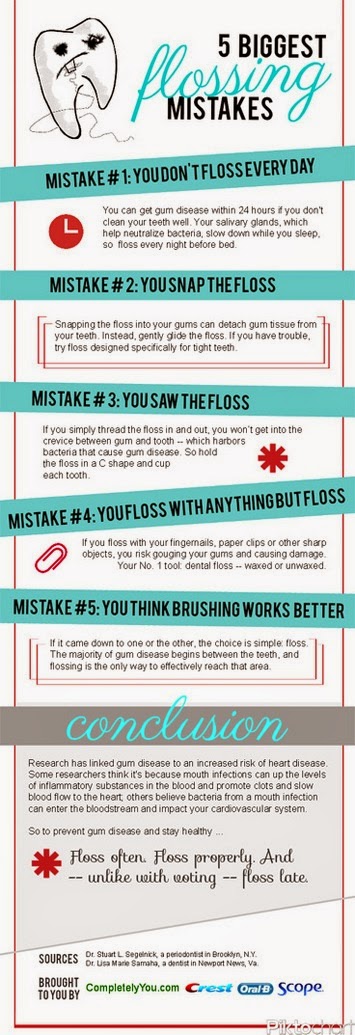Smile! There’s good news from the world of dentistry: Older American are keeping their teeth longer than ever before and the average number of teeth people retain into old age is increasing, says Judith Ann Jones, DDS, a spokesman on elder care for the American Dental Association and director of The Center for Clinical Research at the Boston University Goldman School of Dental Medicine.
But Jones is not all smiles. As people keep their teeth longer, there are more problems that are likely to arise, which is why keeping up with regular dental visits is so important. Here are the most common problems, and what you can do about them:
Tooth decay
Yes, people over 50 can get cavities. You can get them on the surfaces of teeth that have never been a problem before, but you can also get them around old fillings or at the root of your tooth. “As you age, the root of your tooth becomes softer and sometimes more exposed,” Jones explains.
The Fix: Flouride is not just for kids, Jones says. “Fluoride is one of the 10 most important health measures developed in the 20th century.” Almost 80 percent of people in the United States have fluorinated water, but if you don’t, you should probably add a daily fluoride rinse to your brushing habit. Or ask your doctor about a stronger fluoride prescription gel. If you are starting to get cavities, even if your water has fluoride, consider a fluoride rinse. Ask your dentist if that’s right for you.
Dry mouth
Saliva protects us against tooth decay. But if you’re not producing it, your teeth may be at risk. The calcium and phosphate present in saliva prevent demineralization of your teeth, Jones says. How do you know if you have dry mouth? You’ll have a sticky feeling in your mouth, trouble swallowing, dry throat, and dry, cracked lips. You may notice a metallic taste in your mouth or persistent bad breath. You may or may not feel thirsty. Dry mouth is often caused by medications, and as people age, they take more medications. It can also result from smoking or from a blow to the head that somehow damages the salivary glands.
The Fix: If you have dry mouth, you should try to stimulate saliva production. Jones says some people just sip water all day while others find that chewing sugar-free xylitol candies or gum helps. Your dentist may prescribe a prescription saliva substitute or recommend over-the-counter formulations for you to try.
Gum disease
If your gums are swollen, red, or bleed easily, you’ve got gingivitis, an early form of gum disease that can progress and be dangerous. Untreated gingivitis often becomes periodontitis, which is when the gum pulls away from the tooth and creates pockets which can become infected. If this condition develops and continues unchecked, it could cause the loss of bones in your jaw and eventually, the loss of the teeth themselves.
The Fix: The best fix for this condition is regular dentist visits, Jones says. You may need to visit your dentist more frequently so that your teeth can be cleaned and your gums treated for the condition. People who don’t have good access to dental care are more likely to have gum disease, Jones says.
Oral cancer
More than 43,000 Americans will be diagnosed with oral cancers this year, and more than 8,000 will die from it, according to The Oral Cancer Foundation. Oral cancer incidence definitely increases as you get older, Jones says, and is very often linked to smoking and heavy alcohol use. Recently, the number of cases has risen because doctors have discovered that the Human Papilloma Virus also can cause oral cancer.
The Fix: Only about half of people who develop oral cancer survive the disease, Jones says. The best hope for survival is to discover it at its earliest stages—in which case there is an 80 percent chance of surviving for five years. Your dental exam should include a check for oral cancer. Your dentist will hold your tongue and check the soft tissue in your mouth as well as your throat and jaw. If he or she does not, find another dentist, Jones says.
Tooth crowding
Are you noticing that food is getting stuck in new places in your mouth? Or that the overlapping tooth that was cute in your teens now seems to be overlapping even more? You’re not imagining it. As you age, your teeth shift, according to Lee W. Graber, D.D.S., M.S., M.S., Ph.D., Past President of the American Association of Orthodontists. And that can be problematic, not because you’ll look different, but because it can make your teeth more difficult to clean, leading to more decay. It’s also of concern because misaligned teeth can lead to teeth erosion and damage to the supporting tissue and bone, Graber says. Add to that the tendency of older adults to have periodontal disease, and you could end up losing your teeth even faster.
The Fix: If your teeth have really shifted, you could see an orthodontist, who may fit you with a retainer, spacer, or even braces. This may not be necessary, but you should discuss with your dentist whether your teeth are shifting at your regular check up. If they are, it may mean only that you need to go to the dentist more regularly for more frequent cleanings.
source: https://www.huffingtonpost.com/2014/09/28/common-dental-problems-_n_5844434.html
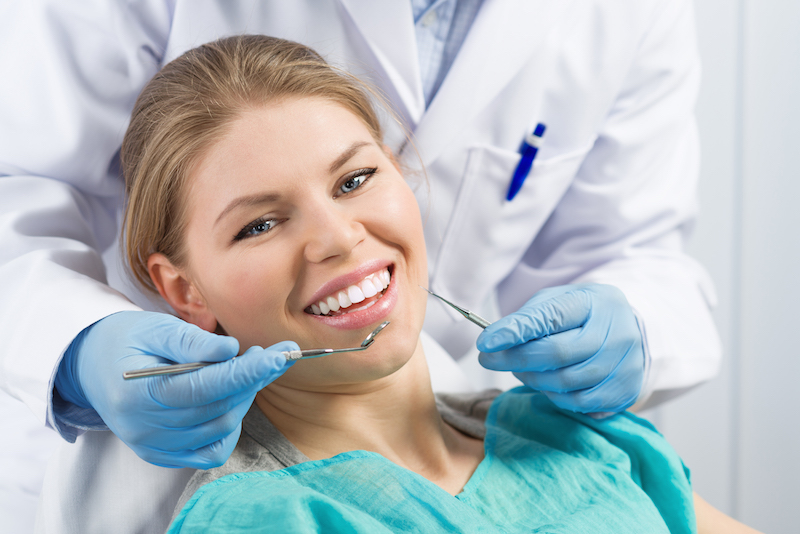 Oral Cancer Facts
Oral Cancer Facts
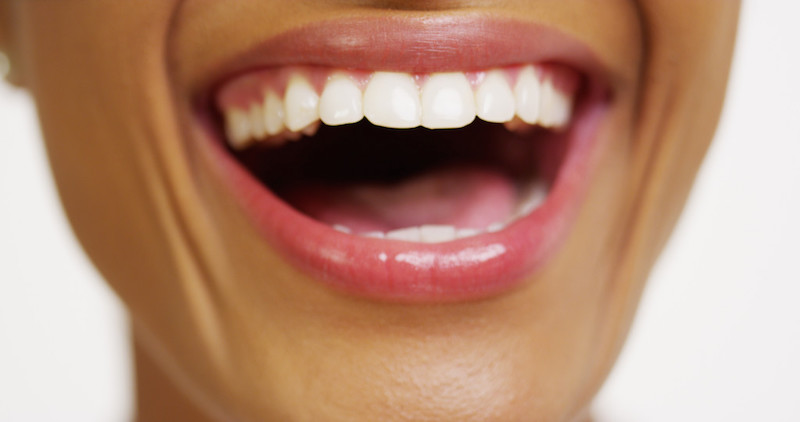
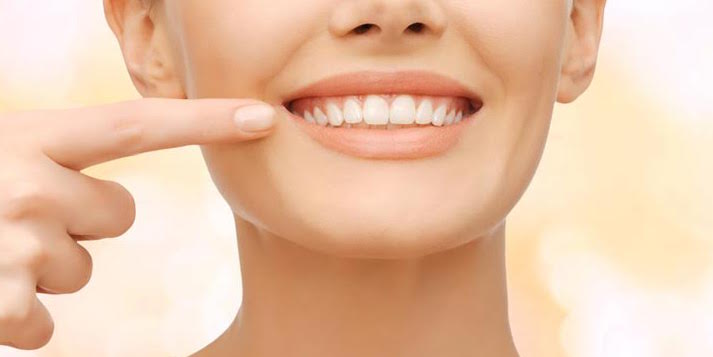
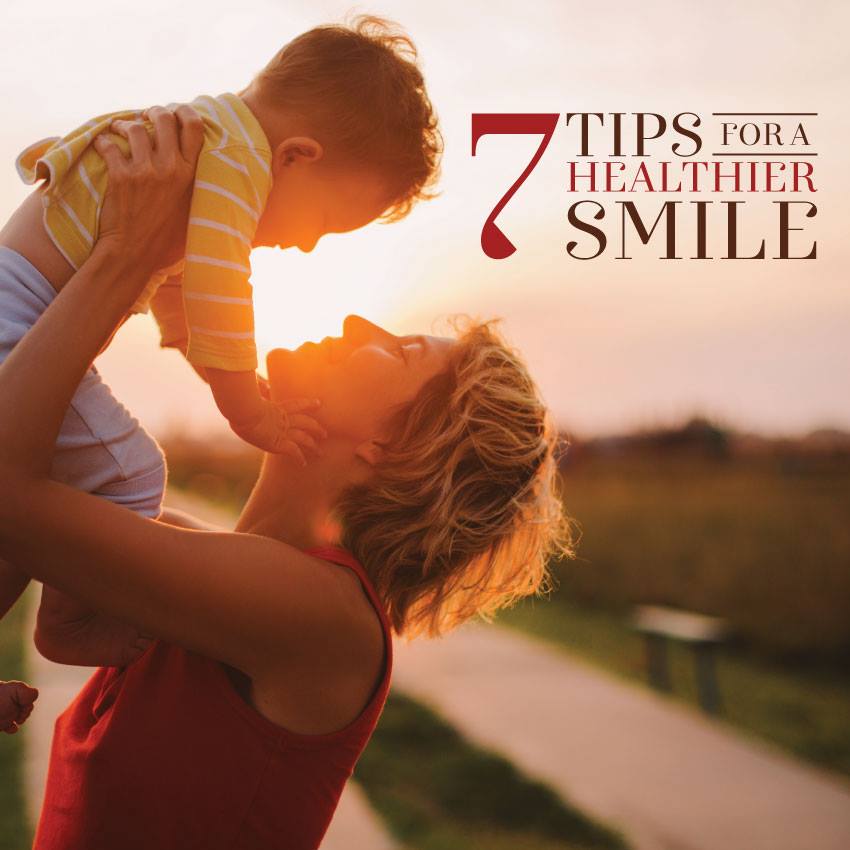 We all know the basics of good oral care: brush in the morning and evening, floss each day and visit the dentist twice per year. But there are smaller, incremental steps we can take to guarantee good health, including the food we eat each day. Nutrition is important for every cell in our bodies — and that naturally extends to teeth and gums.
We all know the basics of good oral care: brush in the morning and evening, floss each day and visit the dentist twice per year. But there are smaller, incremental steps we can take to guarantee good health, including the food we eat each day. Nutrition is important for every cell in our bodies — and that naturally extends to teeth and gums.